Tired of keto bread that tastes like eggs or falls apart in your hands? This guide changes everything.
Finding the right low-carb bread can be frustrating. That’s why this guide brings together every must-have keto bread recipe in one place. Whether you’re after a soft almond flour loaf or a crusty, yeast-risen sandwich bread, you’ll find it here. These recipes suit every taste, skill level, and dietary need.
You’ll also get a smart comparison chart to help pick the perfect bread for your goals. Plus, a deep-dive troubleshooting section answers every question, from eggy taste to flat loaves. This is your one-stop resource for keto bread success.
Table of Contents
Why These Keto Bread Recipes Work
- Real Bread Texture: Unlike many low-carb loaves, these keto bread recipes give you a soft, airy texture that holds up well for slicing and sandwiches.
- No Eggy Taste: We use a balanced mix of ingredients to eliminate the common eggy flavor found in many homemade keto breads.
- Multipurpose Use: Enjoy your bread toasted for breakfast, in sandwiches, or cubed into croutons for salads.
- Simple Ingredients: Each recipe uses pantry-friendly staples you probably already have like almond flour, baking soda, and olive oil.
- Quick and Easy: No kneading, no yeast, and no rise time means you can bake a fresh loaf in under an hour.
These benefits make each keto bread recipe not only practical but delicious and reliable for everyday use.
⭐️⭐️⭐️⭐️⭐️
“Starchy foods like white bread digest quickly into glucose, raise insulin levels, and increase the risk for chronic disease. We need to reduce processed carbs in favor of healthful fats.” Dr. David Ludwig, Harvard School of Public Health
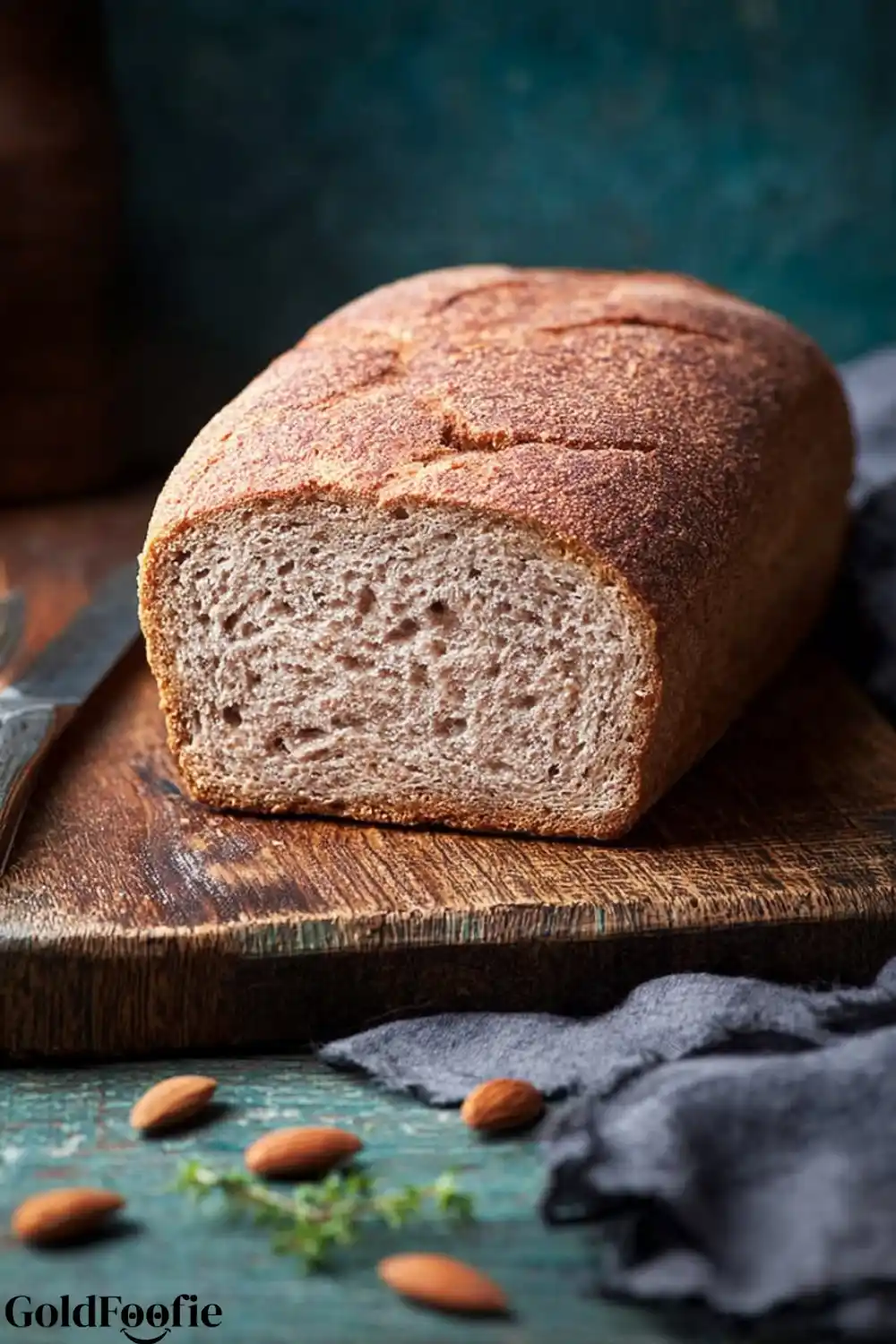
Quick Guide: Which Keto Bread Recipes is Right For You?
Use this chart to quickly compare the top keto bread recipes. Whether you’re new to low-carb baking or looking to level up, this table helps you find the best match based on your goals and taste preferences.
| Recipe Type | Texture & Crumb | Difficulty Level | Net Carbs per Slice | Best For |
| Easy Almond Flour | Soft and spongy | Beginner | 2g | Toast and sandwiches |
| Psyllium Husk Loaf | Chewy and hearty | Intermediate | 1.8g | Sandwiches and soups |
| Fathead Cheese Bread | Dense and rich | Beginner | 2.5g | Grilled cheese and snacks |
| Yeasted Keto Bread | Crusty and airy | Advanced | 2.2g | Sandwiches and toast |
| 90-Second Microwave | Light and fluffy | Beginner | 1.5g | Quick meals and single servings |
Ingredients Needed for This Keto Bread Recipe
For the Base
- 1 and 3/4 cups almond flour (use blanched almond flour for the best texture)
- 1/4 teaspoon salt
- 1/2 teaspoon baking soda (aluminum-free preferred)
For the Wet Ingredients
- 5 large eggs (room temperature works best for even mixing)
- 1/4 cup plus 1 tablespoon olive oil (melted but not hot)
- 1 tablespoon maple syrup substitute (adds balance without spiking carbs)
- 1 teaspoon apple cider vinegar (helps the bread rise)
Each ingredient in this keto bread recipe supports texture, rise, and flavor without adding unnecessary carbs. Use high-quality basics for the best results.
How to Make Diabetic-Friendly Keto Bread Recipes
- Preheat your oven to 350°F or 180°C. Line an 8 by 4-inch loaf pan with parchment paper, letting some hang over the sides for easy removal later. This step helps prevent sticking and gives a clean finish.
- Mix the dry ingredients in a small bowl. Combine almond flour, baking soda, and salt. Stir well to break up any clumps and ensure even distribution.
- Whisk the wet ingredients in a large bowl. Crack the eggs into the bowl, then add olive oil, maple syrup substitute, and apple cider vinegar. Mix until fully combined and slightly frothy.
- Combine the wet and dry ingredients by gradually adding the dry mix into the wet bowl. Stir gently with a spatula or spoon until no flour pockets remain. Avoid overmixing to keep the texture light.
- Pour the batter into the prepared loaf pan and smooth the top with a spatula. Make sure the batter is level for even baking.
- Bake for 35 minutes or until a toothpick inserted in the center comes out clean. The top should be golden and slightly firm to the touch.
- Cool completely in the pan before slicing. Letting the bread rest helps the structure set and prevents crumbling.
This step-by-step method ensures your keto bread recipe turns out moist, sturdy, and perfect for low-carb meals.
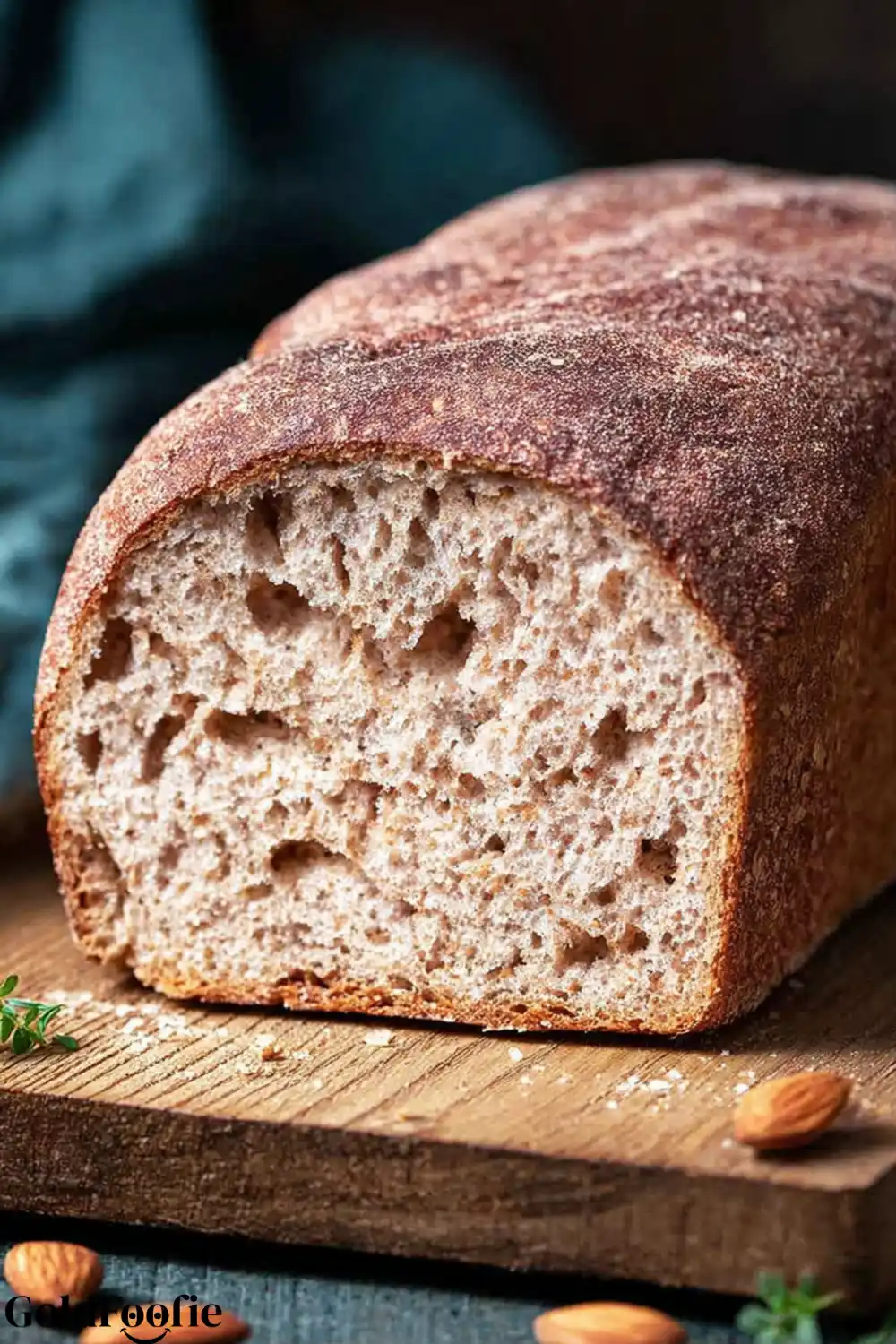
You’ll Also Love
➤ Best Breads for Diabetics
➤ Diabetic Bread Recipes for Stable Blood Sugar
➤ Lupin Flour Bread Fix for Your Keto Cravings Fast
Nutrition Information (Per Slice)
| Nutrient | Amount |
| Calories | 177 kcal |
| Total Carbs | 5g |
| Fiber | 3g |
| Net Carbs | 2g |
| Protein | 8g |
| Fat | 15g |
| Sodium | 180mg |
| Potassium | 56mg |
| Vitamin A | 113 IU |
| Calcium | 64mg |
| Iron | 1mg |
This nutrition breakdown helps you track macros easily and shows exactly how each slice of this keto bread recipe fits into your low-carb lifestyle.
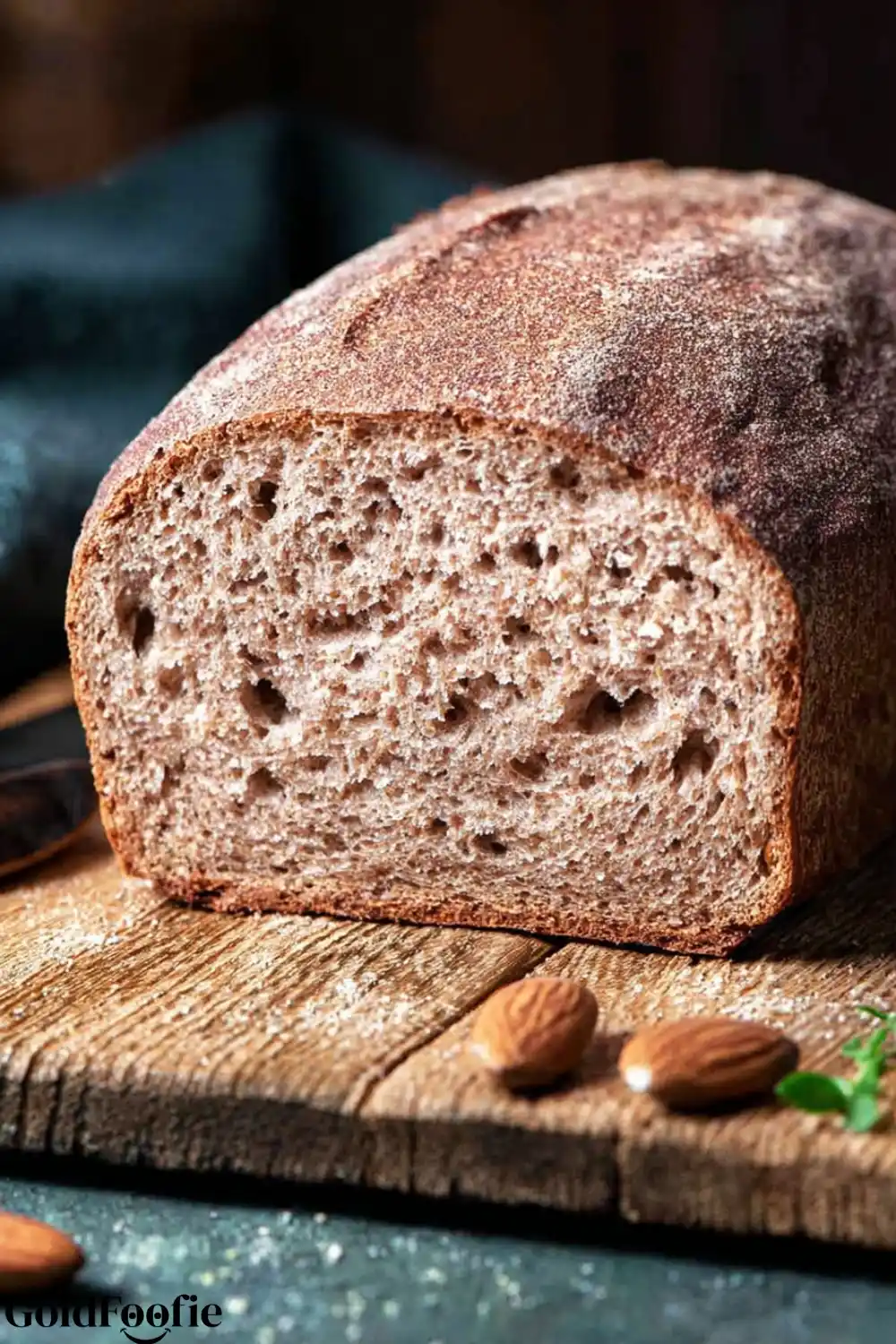
Easy Keto Bread Recipe
Ingredients
Method
- Preheat your oven to 350°F (180°C). Line an 8×4-inch loaf pan with parchment paper, allowing overhang for easy removal.
- In a small bowl, whisk together almond flour, baking soda, and salt until well combined and lump-free.
- In a large bowl, whisk the eggs, olive oil, maple syrup substitute, and apple cider vinegar until fully blended and slightly frothy.
- Gradually add the dry mixture to the wet mixture, stirring gently with a spatula until no dry spots remain. Do not overmix.
- Pour the batter into the prepared loaf pan and smooth the top with a spatula for even baking.
- Bake for 35 minutes or until a toothpick inserted into the center comes out clean and the top is golden and firm.
- Allow the bread to cool completely in the pan before slicing to prevent crumbling.
Notes
Nutrition Facts (Per Serving)
Calories: 177 kcal | Total Carbohydrates: 5g | Fiber: 3g | Net Carbs: 2g | Protein: 8g | Fat: 15g | Sodium: 180mg | Potassium: 56mg | Vitamin A: 113 IU | Calcium: 64mg | Iron: 1mgThe Science of Keto Baking: Understanding Your Ingredients
Creating a reliable keto bread recipe means understanding what each ingredient does. These insights help you avoid common issues like dense texture or strange flavors.
Almond Flour vs. Coconut Flour: What’s the Difference?
Almond flour gives a moist, soft crumb and works best for mild, bread-like flavor. Coconut flour absorbs much more liquid and creates a drier, denser loaf. Always follow exact measurements because the two cannot be swapped evenly.
The Role of Binders: Psyllium Husk and Xanthan Gum
Psyllium husk adds structure and chew, mimicking traditional whole-wheat texture. Xanthan gum helps bind ingredients together, preventing crumbles and helping the bread hold its shape.
How Leaveners Work: Baking Powder, Baking Soda, and Yeast
Baking soda and apple cider vinegar react to create lift. Baking powder provides steady rise throughout baking. Yeast adds airiness and a classic bread flavor in advanced recipes.
Why Use Eggs? And How to Make Them Work for You
Eggs provide structure and moisture. Use room temperature eggs to help the batter mix smoothly and rise evenly. If the bread tastes too eggy, try using only egg whites or adjusting the yolk ratio.
These basics turn a simple list of ingredients into a reliable and delicious keto bread recipe.
Master Troubleshooting Guide and FAQ
Even with the best keto bread recipe, issues can happen. Here’s how to solve them with confidence.
Why is my keto bread so eggy and how can I fix it?
Too many egg yolks can create that eggy flavor. Use just egg whites or try beating the eggs until frothy before mixing. Adding a touch of vinegar or lemon juice also helps balance the flavor.
Why didn’t my keto bread rise?
Check your baking powder for freshness. Use room temperature eggs and make sure your loaf pan is the right size. Too wide a pan spreads the batter too thin, preventing a good rise.
Why is my bread dense, wet, or gummy?
Overmixing breaks down structure and makes the loaf heavy. Always let the bread cool completely before slicing. Also, use fine blanched almond flour, not almond meal, for the best texture.
Why did my bread turn purple or green?
Psyllium husk can react with some baking powders. Always use aluminum-free baking powder to avoid this color change.
Can I use a bread machine for these recipes?
Yes, but results vary. Use the quick bread or gluten-free setting. Avoid the knead cycle if your recipe doesn’t call for it. Always remove the loaf right after baking to prevent sogginess.
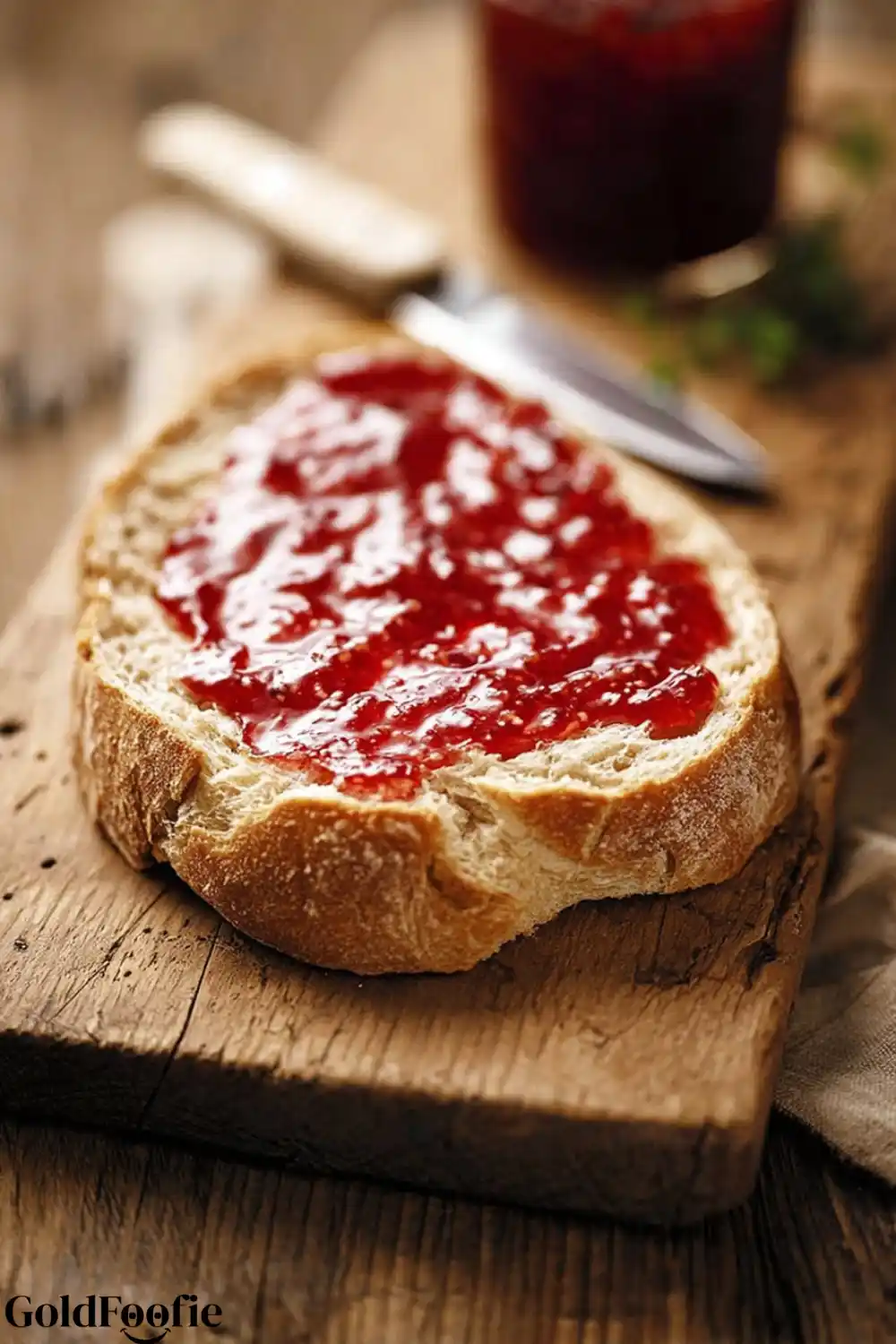
How to Store and Use Your Keto Bread
Storing your keto bread properly keeps it fresh and ready to enjoy for days. Here’s how to do it right.
Storing at Room Temperature
Keep the bread in an airtight container on the counter for up to two days. Make sure it stays dry and out of direct sunlight.
Refrigerating for Maximum Freshness
Place the cooled loaf in a sealed container and refrigerate. It will stay fresh for up to one week. Let slices come to room temperature or toast before serving for best taste.
Freezing for Long-Term Storage
Slice the bread first, then wrap individual slices in parchment paper. Store them in a freezer bag for up to two months. This makes it easy to grab a single slice without thawing the whole loaf.
Creative Ways to Use Your Bread
Toast it for breakfast, layer it in sandwiches, or cube it for croutons. It even works for low-carb French toast. This keto bread recipe is as flexible as it is tasty.
Helpful Notes
- Use a metal loaf pan for even baking. Glass pans can cause uneven heat, which affects texture and rise.
- Let it cool fully before slicing. Cutting while warm may cause crumbling and sogginess.
- Customize flavor by adding herbs like rosemary or thyme. You can also mix in shredded cheese or seeds for variety.
- Watch your measurements carefully. Keto baking is more sensitive to changes, especially with flours and liquids.
- Try it toasted for better texture. A quick toast brings out the best in this keto bread recipe, especially after refrigeration or freezing.
These tips help make your baking process smoother and your results more satisfying every time.
Frequently Asked Questions (FAQ)
What is the best flour for keto bread?
Blanched almond flour is often the top choice for its fine texture and mild flavor. Coconut flour is another option but absorbs much more liquid and requires recipe adjustments.
What type of bread is best for keto?
The best keto bread depends on your needs. Almond flour bread is great for beginners. Psyllium husk loaves offer more chew. Yeasted keto bread gives a bakery-style experience with a classic crust.
Is Aldi keto bread really keto?
Some store-bought breads like Aldi’s zero net carb bread use ingredients that fit low-carb labels but may not suit everyone following clean keto. Always check the ingredient list and how your body responds.
Can I eat keto bread every day?
Yes, if it fits your macros and is made with clean, low-carb ingredients. These keto bread recipes use whole-food ingredients and avoid unnecessary additives, making them a healthy daily choice.
Final Thoughts
You now have access to the only keto bread recipe guide you’ll ever need. From soft almond flour loaves to airy yeasted versions, every option is designed to fit your lifestyle, taste, and goals. Each recipe solves real problems like eggy flavor, dense texture, and lack of rise, giving you bread that truly satisfies.
Whether you’re just starting keto or you’ve been living low-carb for years, this guide gives you the tools and know-how to bake with confidence. Try one of the recipes today and taste the difference for yourself.
Comments and Ratings:
Have you tried any of these recipes? Share your results, leave a rating, or ask a question below. Your feedback helps others and makes the guide even better.
Diabetes Nutrition Specialist | Healthy Diet Advocate | Founder of GoldFoodie.
My passion for nutrition began with a deeply personal journey supporting my father through his battle with diabetes. Watching his daily struggles made me realize how powerful the right food choices can be in improving quality of life. That experience drove me to dedicate my career to helping others live healthier, more balanced lives.






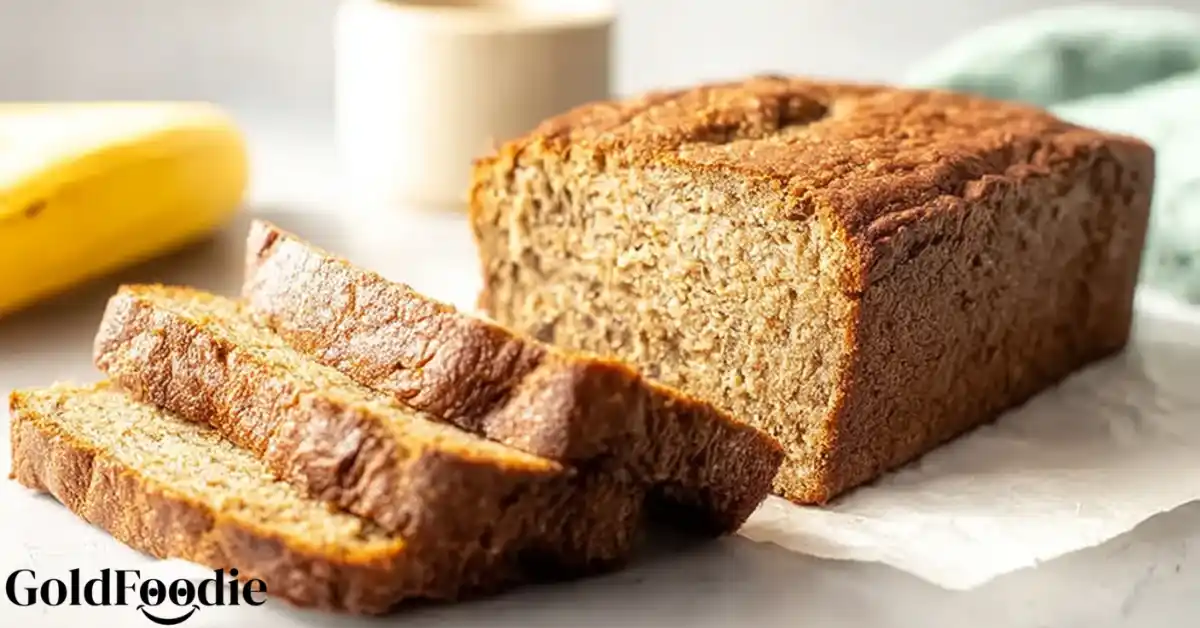
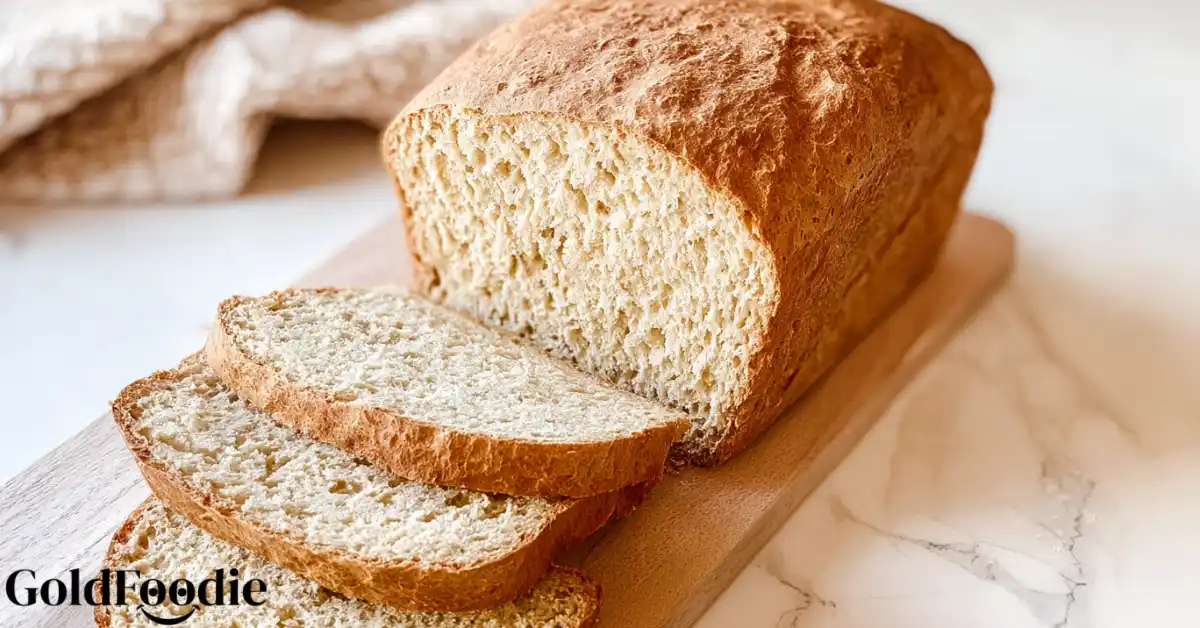
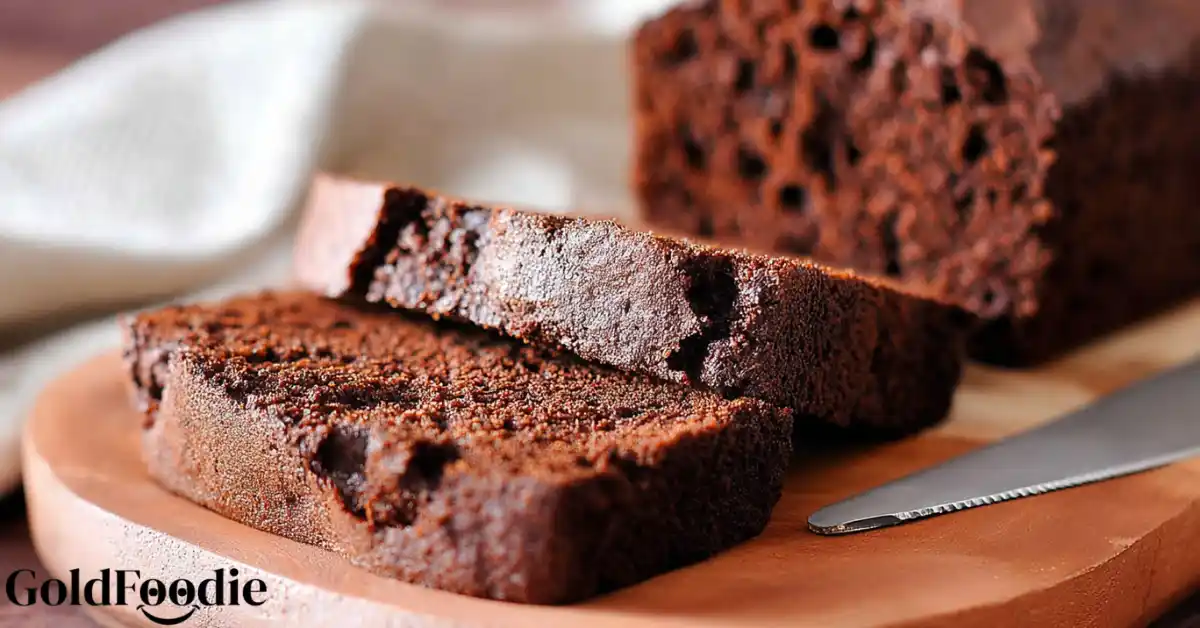
2 thoughts on “Keto Bread Recipes You’ll Love Soft Fluffy Easy”